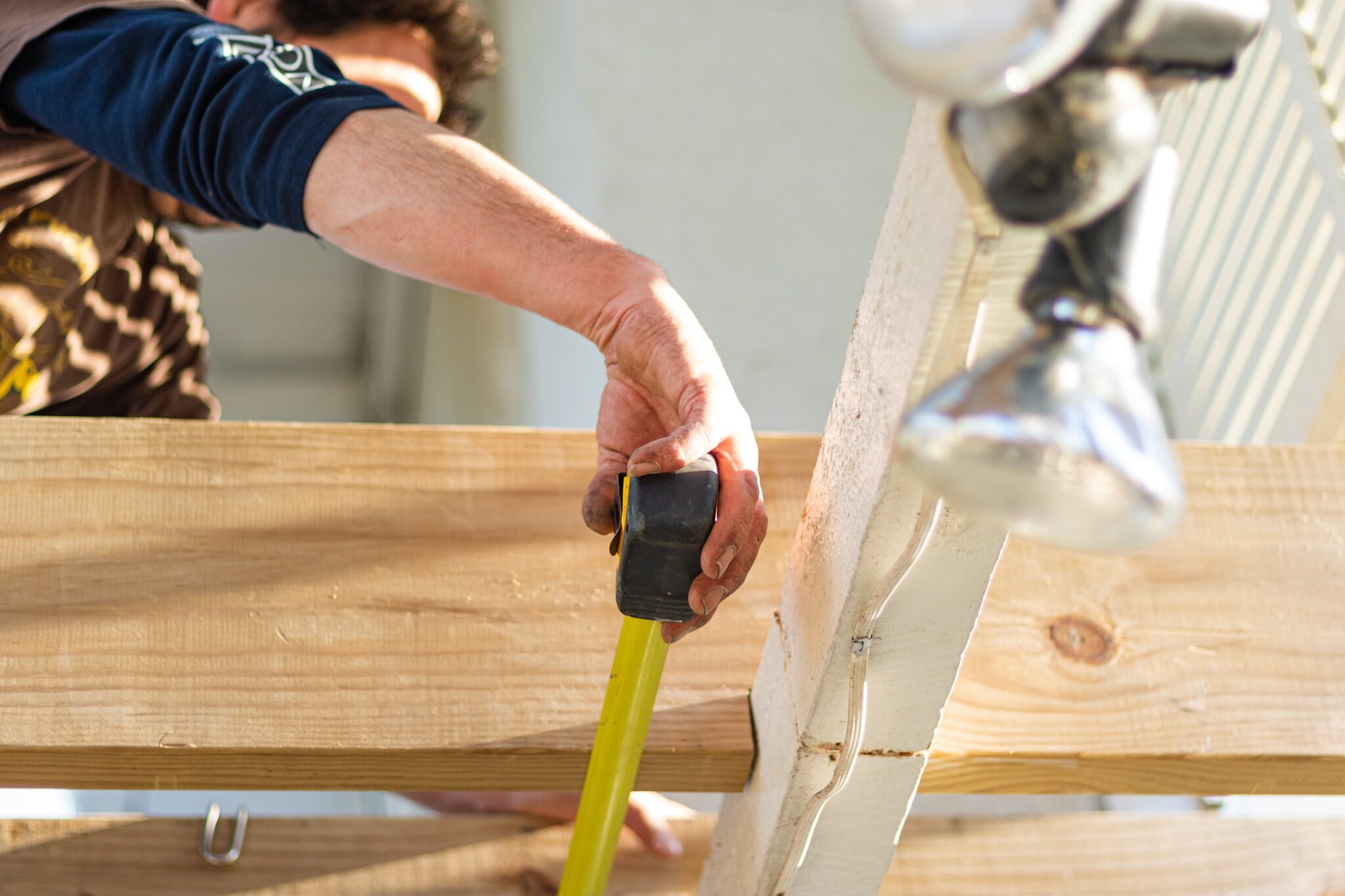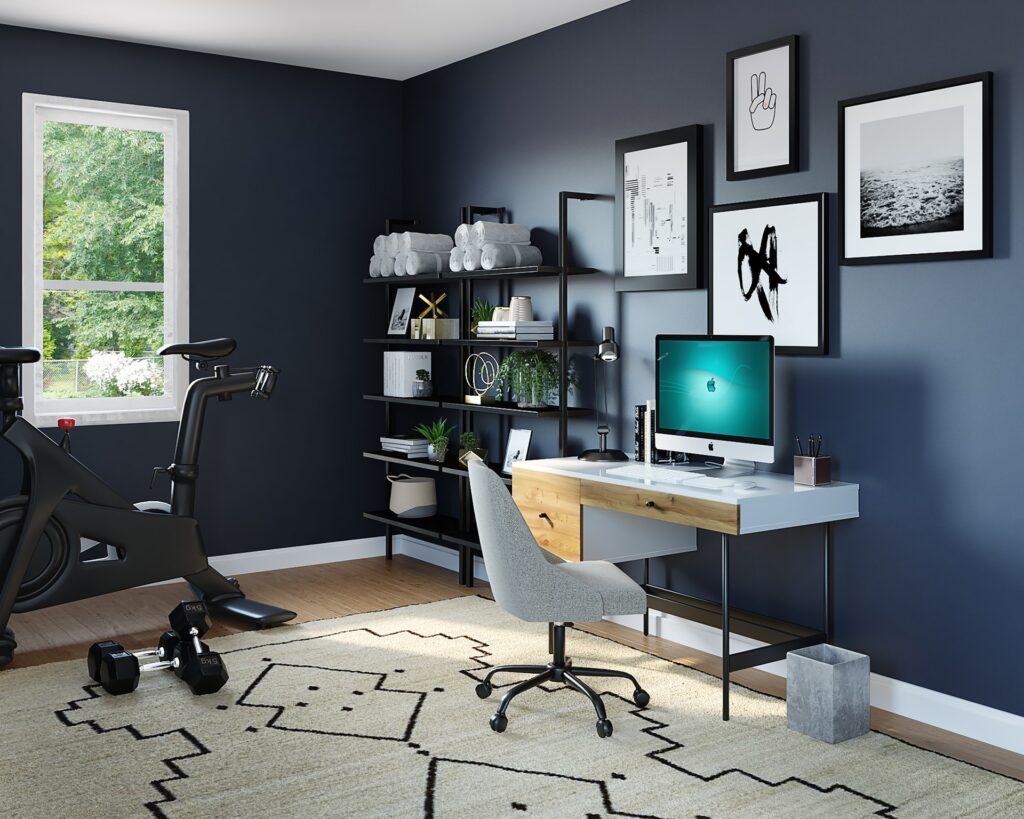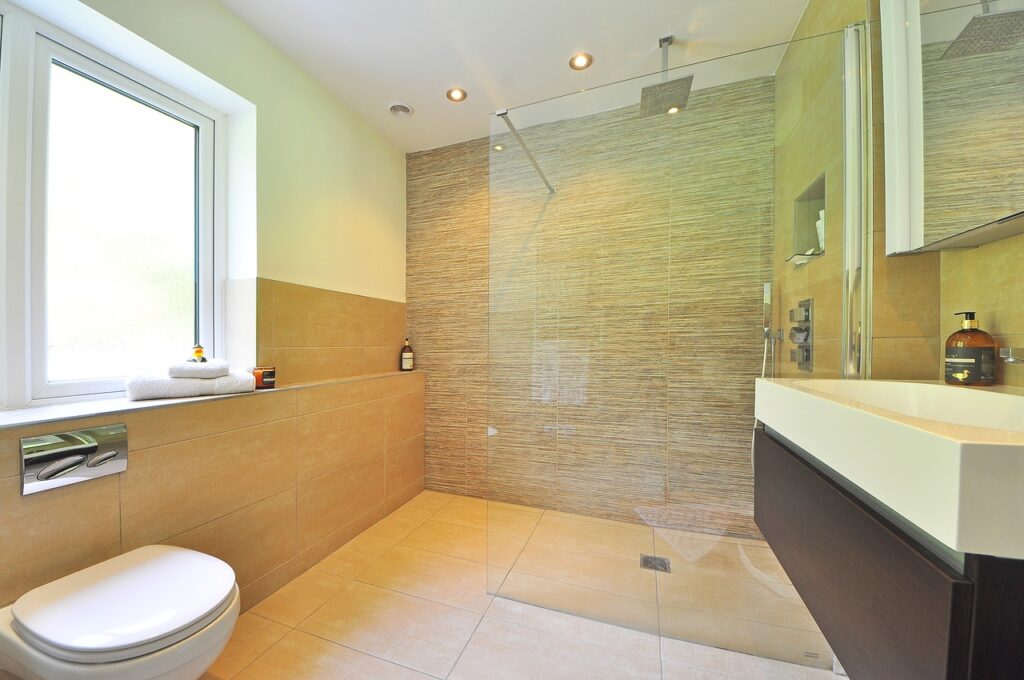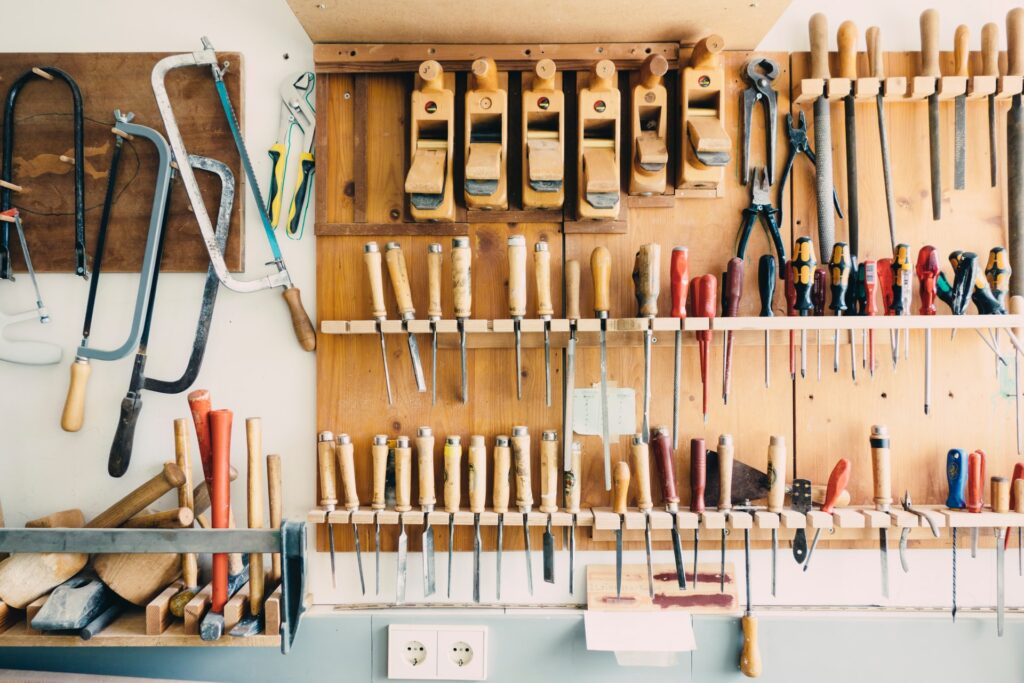
Why Knowing How to Calculate Square Feet Is Essential for Home Improvement Projects
Home improvement projects are a popular way for homeowners to enhance their living spaces, increase property value, and create a more comfortable environment. Whether planning a small-scale renovation or a major overhaul, one fundamental skill you must possess is calculating square footage accurately. In this comprehensive guide, we’ll explore why knowing how to calculate square feet is essential for home improvement projects and how it impacts various aspects of your endeavor.
Understanding Your Space
Before embarking on any home improvement project, it is essential to comprehensively grasp your existing living space. This entails meticulous measurements of square footage, allowing you to comprehend the dimensions and layout of each area. Whether you’re contemplating a kitchen renovation, a bedroom makeover, or a bathroom upgrade, knowing the precise square footage of these spaces will form the foundation for your planning and decision-making process.
Accurately measuring your space provides valuable insights into its potential and constraints. It enables you to determine how furniture can be arranged, how appliances can be positioned, and how storage solutions can be integrated. Knowing the dimensions of your rooms also helps you estimate the amount of materials required for renovations, such as flooring, paint, and cabinetry. This accurate assessment of material needs can help you avoid costly overruns or underestimations.
Moreover, understanding your space allows you to identify and address any structural or functional issues that may exist. For instance, you may discover that a room feels cramped due to its layout or that a doorway is too narrow for comfortable access. By pinpointing these issues early on, you can incorporate solutions into your renovation plans, ensuring that your revamped space is both aesthetically pleasing and functionally efficient.
In addition to measuring square footage, it is also beneficial to consider the natural flow of movement within your home. Observe how you and your family typically move through the house, identifying any areas that hinder or disrupt this flow. By understanding these patterns of movement, you can make informed design decisions that enhance the overall functionality of your living space.
Furthermore, take note of the natural lighting conditions in each room. Identify areas that receive ample sunlight and those that remain relatively dim. This understanding of lighting will guide your choices for window treatments, artificial lighting fixtures, and color schemes, ensuring that your home feels bright, inviting, and comfortable.
Finally, consider the overall aesthetic you wish to achieve in your home. Do you prefer a modern, minimalist style? Or perhaps a warm, rustic feel? Understanding your personal preferences will help you make cohesive design decisions throughout your renovation project, ensuring that your home reflects your unique taste and personality.

Planning and Budgeting
Home improvement projects often involve a budget, and adhering to it is crucial. Square footage calculations play a pivotal role in project planning and budgeting. When you know the dimensions of the area you’re working on, you can estimate the materials and labor costs more accurately. This helps you avoid unexpected expenses and ensures that your project stays within budget.
Estimating Material Costs
Once you have an accurate measurement of your space, you can start researching and pricing out the materials you will need. This includes everything from flooring and paint to countertops and appliances. Be sure to factor in the cost of any demolition or preparation work that will be required.
Estimating Labor Costs
If you are planning to hire contractors to do the work, you will need to get estimates from several different companies. Be sure to get everything in writing, including the scope of work, the timeline, and the payment terms.
Creating a Contingency Fund
Even the most careful planning can sometimes go awry. That’s why it’s important to build a contingency fund into your budget. This will help you cover any unexpected expenses that may arise.
Tips for Staying on Budget
- Set a realistic budget upfront.
- Do your research and get multiple quotes.
- Be flexible with your design choices.
- Consider doing some of the work yourself.
- Be prepared to make some compromises.
Square Footage Calculations
Square footage calculations provide a solid foundation for accurate project planning and budgeting. By knowing the dimensions of your space, you can make informed decisions about material quantities, labor requirements, and overall project costs. This helps you avoid costly surprises and keeps your project on track.
Remember, home improvement projects can be a lot of fun, but they can also be expensive. By carefully planning your project and sticking to your budget, you can ensure that your home improvement dreams come true without breaking the bank.
Flooring Projects
One of the most common home improvement projects involves updating or installing new flooring. Whether you’re choosing hardwood, laminate, tile, or carpet, you’ll need to know the square footage of the area you plan to cover. Accurate measurements ensure you purchase suitable flooring materials, reducing waste and saving money.
Painting Projects
Painting is another home improvement task that requires an understanding of square footage. The amount of paint you’ll need depends on the surface area to be painted. Accurate square footage calculations prevent you from over- or underestimating your paint requirements, ensuring a consistent and cost-effective finish.
Furniture Arrangement and Interior Design
Knowing the square footage of a room is not only essential for renovations but also for everyday living. It influences furniture placement and interior design decisions. When you clearly understand the available space, you can arrange your furniture and decor in a way that maximizes aesthetics and functionality.

Renovation Permits and Regulations
Accurate square footage data is required in many municipalities when applying for renovation permits. Local building codes and regulations often have specific requirements based on square footage, and failing to provide precise measurements can lead to delays or complications in obtaining the necessary permits.
Resale Value
Whether you plan to sell your home soon or not, understanding your property’s square footage can significantly impact its resale value. Prospective buyers often ask for this information, and a well-documented and accurately measured property can command a higher selling price in the real estate market.
Common Mistakes to Avoid
While knowing how to calculate square feet is crucial, it’s equally important to avoid common mistakes. Measurement errors can lead to budget overruns, wasted materials, and project delays. Be sure to double-check your calculations and consider seeking professional assistance if needed.
Tools and Methods
To accurately calculate square footage, various tools and methods are available. These include tape measures, laser distance meters, online calculators, and software applications designed for home improvement projects. Familiarizing yourself with these tools and methods can make the process more efficient and accurate.

Conclusion
In conclusion, understanding how to calculate square feet is essential for anyone embarking on home improvement projects. From project planning and budgeting to ensuring compliance with regulations and optimizing your living space, accurate square footage measurements are the foundation of successful renovations. So, before you pick up that paintbrush or start laying down new flooring, take the time to measure and calculate square feet. It’s a small step that can significantly improve your home.

Jason Somers, President & Founder of Crest Real Estate
With over 15 years of professional experience in the Los Angeles luxury real estate market, Jason Somers has the background, judgement and track record to provide an unparalleled level of real estate services. His widespread knowledge helps clients identify and acquire income producing properties and value-ad development opportunities.
Learn more about Jason Somers or contact us.



